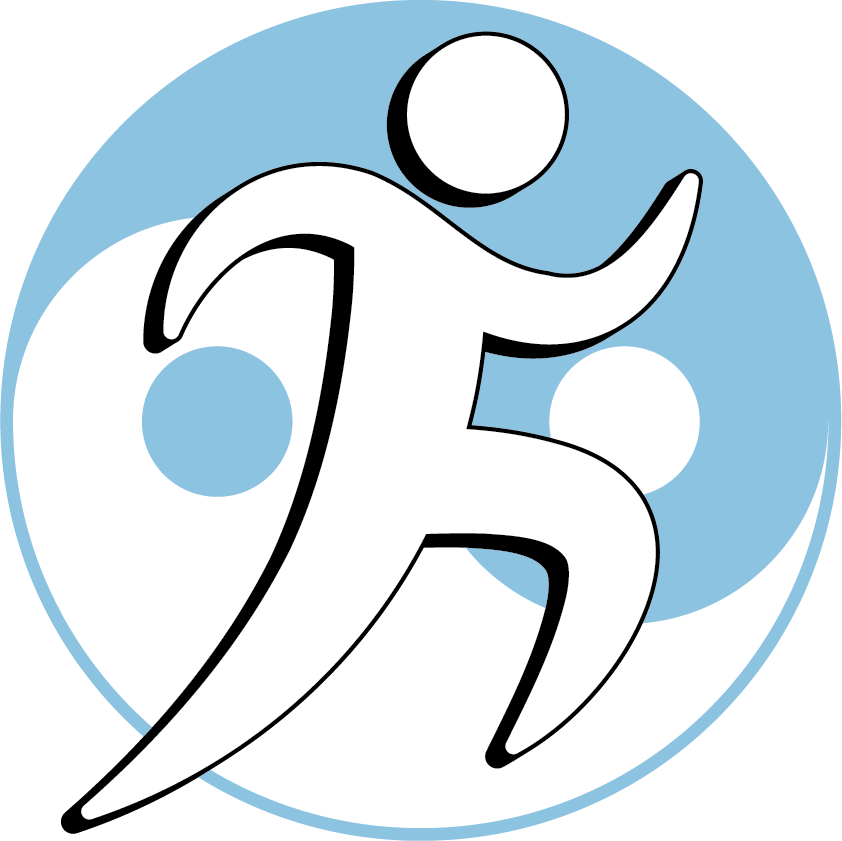With Instructor Anthony Von der Muhll, L.Ac., DAOM, DNBAO, FAIPM
has been added to your cart!
First time user? Your account will be automatically be created after purchase. Please note:
--Webinars require continuous attendance on the date(s) offered to receive PDAs/CEUs. If you cannot attend, please consider a self-paced distance-learning version instead, if available, or another class that you will be able to attend.
Thank you for your purchase!
Check back for next live class date, or contact us to be notified by email
Cupping has unique benefits for musculo-skeletal pain that cannot be obtained any other way. Cupping decompresses and stretches myofascial tissues away from the underlying structures (instead of pushing them into bones, like massage).
Beyond "set and forget" static cups, advanced orthopedic cupping can provide more powerful therapeutic effects for neuro-musculoskeletal pain and disability, including:
- Precisely and actively engaging, stretching and mobilizing the underlying muscles, tendons, fascia and joints
- Reducing painful trigger points and adhesions
- Triggering muscle relaxation reflexes
- Draining areas of inflammation and lymphatic congestion (heat, qi and blood stagnation, and damp-phlegm accumulations)
- Drawing fresh blood through tight, adhered or restricted muscles, removing wastes and bringing new oxygen and nutrients to injured area
- Decreasing pain-inhibition to movement
- And restoring normal muscle-tendon strength and flexibility, and joint range-of-motion
Passive cupping
Beyond "sliding," passive cupping employs specific mobilization techniques using both directed suction, and passive movement of the affected limbs.
Active cupping
Guiding patients through precise movements with cups in place over specific myofascial tissues combines therapeutic exercise with suction for synergistic benefits.
Passive and active cupping requires the acupuncturist to understand the optimal types and directions of myofascial tissue mobilization for specific body regions and injuries.
"Wet" cupping
involves cups applied to body regions following the use of a 7-star, lancet or 3-edged needle, in order to enhance the movement of stagnant body fluids that trap heat, dampness and phlegm (inflammation) and obstruct the inflow of new, fresh blood.
Class Topics:
Safety and standards of care
- Cautions and contraindications
- Patient education and informed consent
- Manual pump vs. fire cupping
- Risk reduction protocols and management of adverse events
- Cup disinfection and re-use
- Post-cupping protocols
Passive and active cupping: therapeutic mechanisms, indications and protocols for specific body regions
- Regional muscle hypertonicity/spasticity
- Paraspinals
- Forearm
- Shoulder girdle
- Gluteals
- Quadriceps, IT band and hamstrings
- Calves
“Wet” cupping: therapeutic mechanisms, indications and protocols for specific conditions
- Acute sprain/strain injuries
- Bursitis (shoulder, hip, knee, calcaneal)
- Adhesive capsulitis
- Tendinitis and tendinosis
- Chronic myofascial pain and blood stasis
Integrating advanced orthopedic cupping into acupuncture clinic flow.
- Combining cupping with other therapies
- Billing and coding
- Documentation for malpractice defense and to support insurance billing
Student Comments:
- "Can't wait to apply these new techniques in my practice! I already have a few patients in mind." -- Elizabeth Angiello, Richmond, CA
